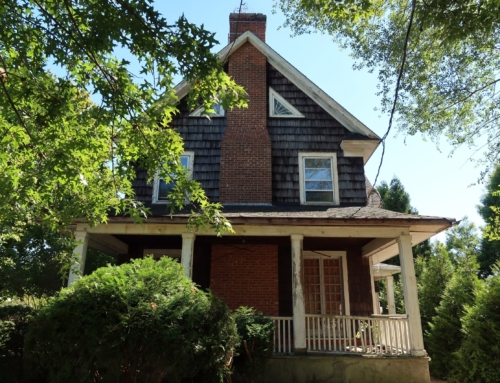Whether you’re buying, selling or investing in real estate, it’s all about location.
Choosing the right location means you’ll wind up with a property that increases in value faster than those in other areas. It can mean you’ll sell faster and for more money. A great location will allow you to command higher rent for an investment property.
But choose poorly and you could wind up with nothing but headaches.
In a recent Chicago Tribune story, a small business owner bemoaned her choice of location for a store she opened. The location was on a busy street near the downtown of a northwest suburban Chicago town. That should have been a great business opportunity, with loads of exposure.
However, no one told her — and she didn’t test it out for herself ahead of time — that the intersection nearest to her store is a “strangler,”; a place that gets backed up for miles in rush hour traffic.
Because local residents know the drill, they stay away from the intersection — and her store — through the morning and late afternoon rush hours. The lack of traffic is cutting into her business.
Location, location, location.
As I often tell home buyers, it isn’t just about which city or suburb you choose (that’s the first location issue), or even which neighborhood you choose (the second location issue). Real estate is so location-specific that not only the block, but where on the block you’re located, can make a big difference in price appreciation over the long run.
Location isn’t just a horizontal issue. It can be applied vertically as well, as condo buyers across the country have discovered.
For example, when it comes to condo buildings, view matters. In fact, the kind of view you have matters so much that a building that faces what is considered to be the “best” view might ultimately be worth 10 to 20 percent more than the second or third best view.
In many areas, water views are prized. But even amongst water views there is a hierarchy of location. In certain parts of Miami, there are two water views — ocean and bay views. Both are water views, but some people consider Atlantic ocean views the premier view to have (although perhaps not in a hurricane). So prices for ocean-view apartments tend to be higher than non-ocean views.
Higher views are typically prized over lower views. When developers are pricing new condo buildings, the lower floors are less expensive than the higher floors. The top floor — typically called the penthouse — is the most expensive of all.
Overall, the least expensive real estate in a high-rise condo building will be the lowest floor of apartments that have the least desirable view. The most expensive condo will be the top floor with the best view for that location.
Of course, if you really want to live in a particular location, but can’t afford the best house on the best part of the best block, you’ll have the option to trade down somewhat.
You can choose a different block, one that is more affordable. You can choose a less desirable location in the best block. Or, you can simply decide to buy a smaller house that needs some major renovation on the best block. That way, you can build in value — and you’ll know that as long as you don’t overbuild for the neighborhood, the block will support what you’ve done and you’ll be able to get your money out of your improvements.
But the best thing to do is test out a location before you make an offer: Spend time walking and driving around the neighborhood. Stop in the local coffee shop and see who is there. Visit the local grocery store, library, recreational center, and other shops and services nearby. Drive what would be your commute during commuting times, so you know what you’re getting into before you buy.
Make sure your future neighbors keep up their properties. Drop by the local police station to talk about local crime statistics. Visit the location building department to see what kind of major improvements, teardowns, road construction projects are being planned.
Once you buy a house, it’s very difficult (or impossible, in the case of a condo) to change its location. It’s much easier to think about location, location, location before you attach the good faith deposit to your signed contract.






Leave A Comment